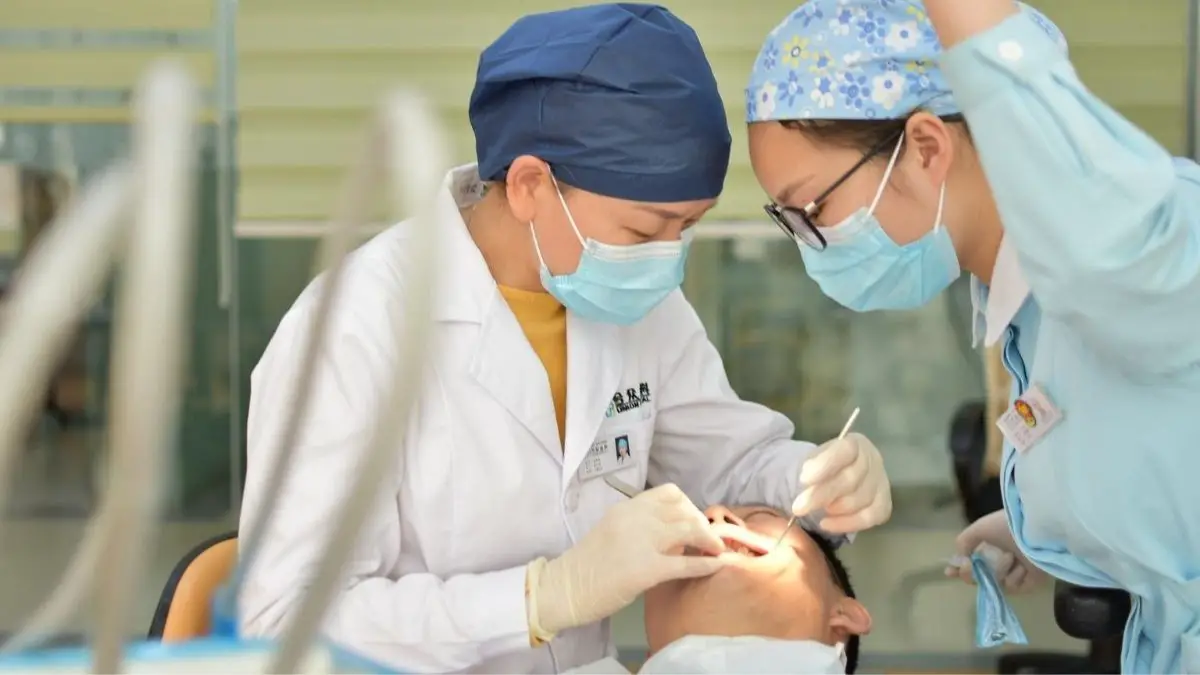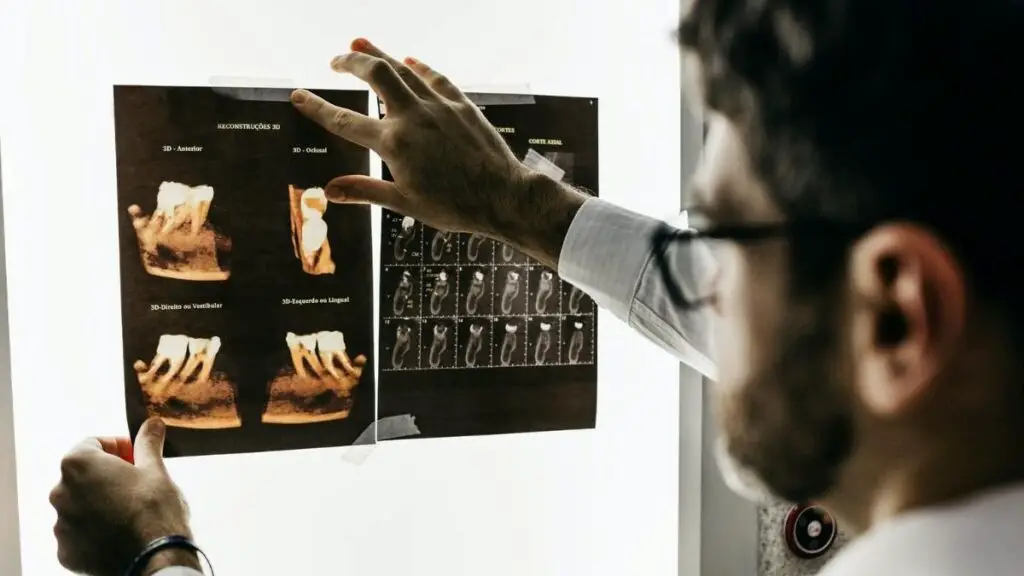
A root canal is a process of treatment for teeth, used to repair the decayed or infected tooth. During this procedure, the nerve and bacteria-infected area are removed to clean the affected tooth. You don’t have an option as, without treatment, the bacteria inside the tooth will start spreading. When a tooth’s nerve tissue or pulp is damaged, it breaks down and bacteria begin to expand; and it might spread from one tooth to another if not taken care of within the proper time. The bacteria and any decayed debris will result in an infection or abscessed tooth. An abscessed tooth means there is pus-filled at the roots of a tooth and occurs due to an infection
Depending upon the difficulty of the root canal procedure, you can go to a dentist or endodontist. An endodontist is a specialized dentist who has brief knowledge about the causes, treatment, and prevention of various dental diseases. However, at first instance, your dentist will deduct the level of the complexness of the situation.
• X-ray image – In the first place, an X-ray image is taken to check whether there are any signs of infection in a surrounding bone and also to check the shape of the root canals.

• To numb near the affected area of the tooth, your dentist will then inject anesthesia. However, anesthesia is not required as the nerve is dead, but still, it is injected so that the patient feels more relaxed and tension free.
• Now, the next step will be done to dry up the area i.e. no saliva during treatment, for this a sheet of rubber is placed around the tooth.
• Drilling- A hole will be drilled into the tooth. The bacteria infected area or decayed nerve tissue is removed from the tooth. With the help of root canal files, the cleaning is done. These files are eventually placed into the access hole. Sodium hypochlorite solution or water is used constantly to wash away the debris.
• After the tooth is cleaned, it has to be sealed. Sometimes you have to wait for a week before sealing the tooth. For example, if you have an infection, your doctor might put medicine inside the tooth to wash away, under such condition a temporary filling is put in the top of the hole in the tooth for keeping away from saliva and foods. Otherwise, you can clean out and seal the tooth the same day.
• A sealer paste is used to fill inside the tooth and a rubber compound is put into the tooth. A filling is also done outside the tooth.
• The final procedure is the restoration of the tooth. Restoration is important for your teeth to prevent breaking it. It ensures the full functioning of the tooth as it was earlier. Restoration is necessary and needs to be placed on the tooth to protect it.• For further steps as per requirement, your dentist will tell you what to do and what not to do after root canal treatment.




